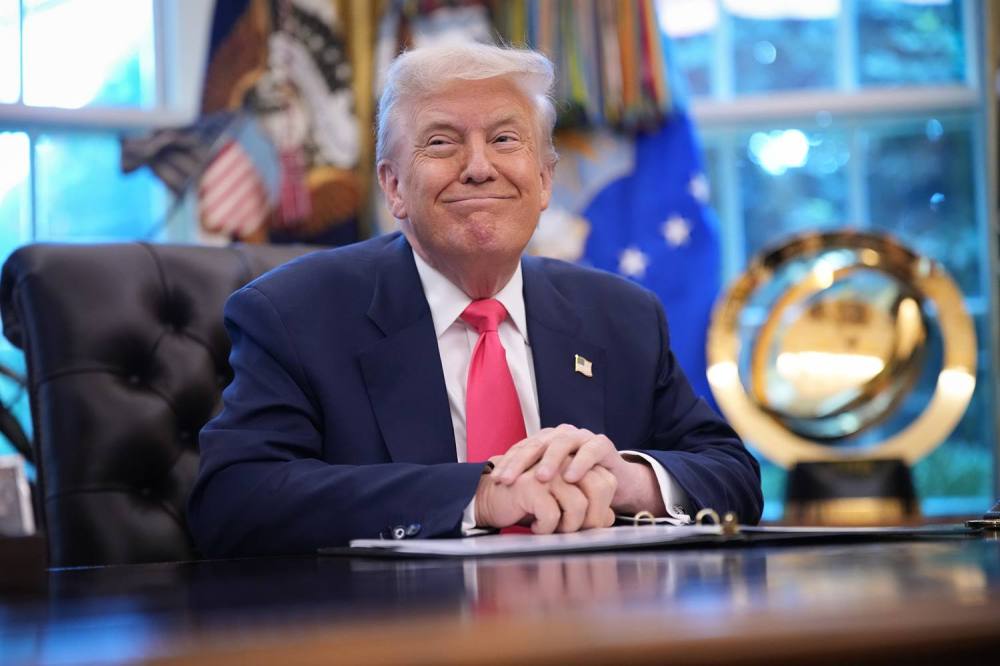“I’ve ended six wars,” Trump told Ukrainian President Volodymyr Zelensky and several reporters in the White House on Monday. That became “I’ve solved seven wars” by the time that he dialed into Fox & Friends for an interview the next day. The White House did not respond to a request for clarification on which conflicts Trump was referring to.
But at least some of those deals—and Trump’s role in them—aren’t as clear-cut as the U.S. president makes them out to be as he unabashedly lobbies for the Nobel Peace Prize. And contrary to Trump’s claim that he “did not do any cease-fires” in his second term thus far, the president’s own posts about several of the peace deals that he claims to have negotiated have explicitly mentioned a cease-fire.
India and Pakistan
Trump’s claims of ending this year’s armed conflict between India and Pakistan began on May 10, when he posted on Truth Social that both countries had agreed to a “FULL AND IMMEDIATE CEASEFIRE” following “a long night of talks mediated by the United States.” Trump has continued to take credit for ending that conflict.
Pakistan enthusiastically co-signed that statement, even nominating Trump for the Nobel Peace Prize for what it called his “decisive diplomatic intervention and pivotal leadership” during the conflict.
But India has consistently downplayed and disputed Trump’s role in securing the cease-fire, repeatedly saying that an end to the conflict was negotiated directly with Pakistani officials.
Rwanda and the Democratic Republic of the Congo
The conflict between the two central African countries was the second one that Trump mentioned in his meeting with Zelensky.
The Trump administration did indeed play a role in securing a pause in hostilities between Rwanda and Congo, as well as in brokering a preliminary peace deal that was signed at the White House in late June, followed by a cease-fire agreement in Qatar in July.
But that cease-fire has not held, and peace talks aimed at securing a permanent agreement fell through this week after the Rwandan-backed M23 rebel group walked away from the negotiations.
Cambodia and Thailand
Border skirmishes between the two Southeast Asian countries, the latest flash point in their yearslong conflict, killed more than 40 people and displaced more than 300,000 others last month. The cease-fire, which began on July 28 but remains tenuous, was brokered primarily by Malaysia and its prime minister, Anwar Ibrahim, though the United States and China were both involved in talks leading up to it.
Trump posted on Truth Social two days before the cease-fire that the United States was “dealing on Trade with both Countries” but would not do so unless they stopped fighting. He then took credit for the cease-fire when it was agreed upon, writing: “I am pleased to announce that, after the involvement of President Donald J. Trump, both Countries have reached a CEASEFIRE and PEACE.”
Armenia and Azerbaijan
In the most recent and perhaps the most convincing of Trump’s mediation claims, Azerbaijani President Ilham Aliyev and Armenian Prime Minister Nikol Pashinyan signed a deal in Washington earlier this month to settle their long-running dispute over the so-called Zangezur corridor that both countries claim. That corridor will now be renamed the “Trump Route for International Peace and Prosperity,” with Washington also getting leasing rights for a U.S. company to develop it.
Israel-Iran
Trump announced an Israel-Iran cease-fire in late June after a 12-day conflict that also saw the United States strike key Iranian nuclear facilities. Though the cease-fire appeared shaky at first, it ultimately held. But the underlying causes of the conflict have not been resolved.
There are open questions about the extent of the damage to Iran’s nuclear program, despite Trump’s claims that it was obliterated. And it remains to be seen if negotiations, which the United States was in the midst of when Israel launched its operation against Iran, will ever resume.
Other ‘Peace Deals’
Trump has taken credit for making “peace” between Egypt and Ethiopia. The two countries were not at war, but there is conflict between them over a hydroelectric dam. The president claimed in June that he had helped resolve the dispute and that “there is peace, at least for now.” Trump did get involved in the diplomatic spat back during his first term, but it has not been settled.
The White House has also pointed to Serbia and Kosovo as another example of a conflict that Trump resolved. But these countries have not been in direct conflict since the late 1990s. Trump did help broker an economic normalization deal between the two countries in his first term, but their long-running tensions are far from resolved.
The post Trump-Branded Peace Deals appeared first on Foreign Policy.




